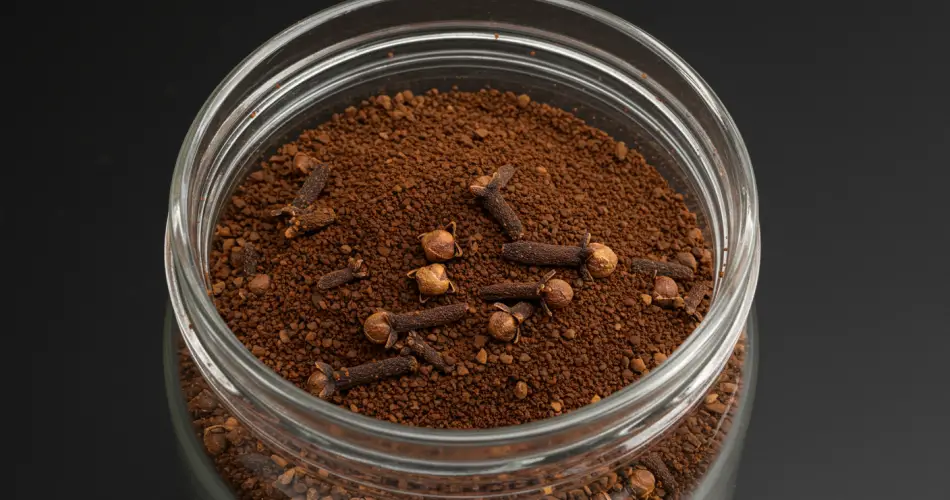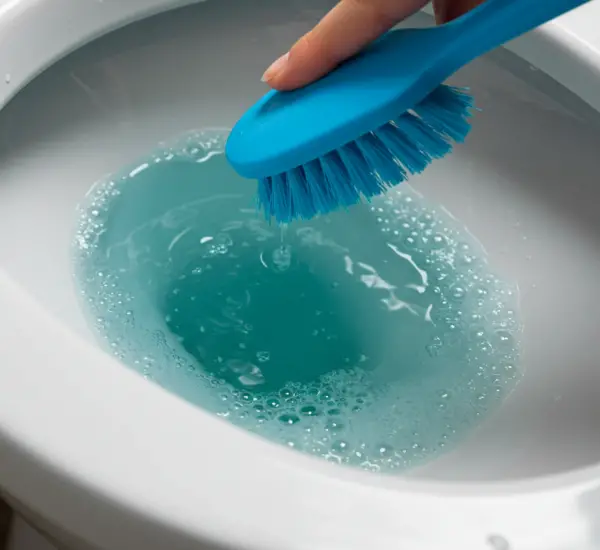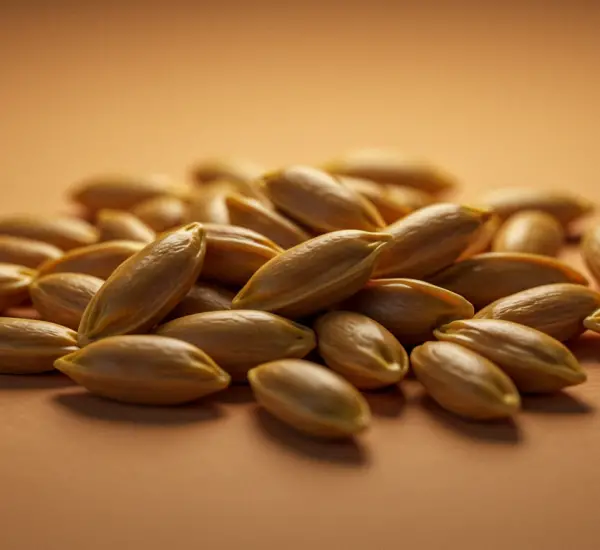Finding insects in your home can be more than just an inconvenience. From ants marching across your kitchen counter to mosquitoes buzzing around your bedroom, these unwelcome visitors not only cause discomfort but can also spread germs, trigger allergies, and in some cases transmit disease. While chemical insecticides are effective, they are not always the healthiest choice, especially for families with children and pets. Fortunately, there are plenty of natural, low-cost ways to keep bugs at bay.
This guide explores why insects invade homes, how to prevent infestations, and a few practical, natural remedies—including an easy homemade insect-repelling candle made with leftover coffee grounds.
Why Insects Appear in Homes
The main reason insects infiltrate living spaces is surprisingly simple: a lack of cleanliness and order. Messy environments provide food sources, breeding grounds, and hiding places for pests.
-
Ants are attracted to food crumbs left on the floor or counters.
-
Silverfish thrive in damp, humid spaces like bathrooms.
-
Bed bugs can infest unwashed mattresses and bedding.
-
Cockroaches hide in cluttered, poorly maintained kitchens.
Beyond being unpleasant, these infestations pose risks to health. Cockroaches, for example, can spread bacteria, while mosquitoes can transmit diseases. Even harmless insects can be distressing and unhygienic if they appear in large numbers.
General Strategies to Keep Insects Away
Before turning to remedies, prevention is key. Small daily habits can make a big difference:
-
Keep your home clean and organized
Regularly vacuum, wipe surfaces, and dispose of food waste. A clean environment leaves pests with fewer reasons to settle in. -
Remove stagnant water
On balconies or in gardens, empty saucers under pots and pet water bowls. Standing water provides breeding grounds for mosquitoes. -
Seal entry points
Repair cracks in walls, fix torn window screens, and seal gaps around doors where insects can easily enter. -
Use natural repellents
Certain plants and essential oils repel bugs naturally. Peppermint oil discourages ants, while basil plants placed near windows can keep mosquitoes away. -
Declutter storage spaces
Insects love dark, quiet places with paper, fabric, or dust. Organizing closets, pantries, and basements helps deter infestations.
Traps and Store-Bought Solutions
While the goal is to reduce chemical use, commercially available traps can be useful. Options include:
-
Fly traps that catch gnats and fruit flies.
-
Moth traps for pantry moths and clothes moths.
-
Sticky traps for ants or cockroaches.
These methods capture insects without necessarily killing them, offering a more eco-friendly alternative to sprays.
Natural Remedies for the Most Common Insects
Ants
Ants follow invisible scent trails left by others. To break their chain:
-
Wipe down surfaces with vinegar.
-
Place a few drops of peppermint essential oil near entry points.
Mosquitoes
Instead of relying on chemical sprays:
-
Grow mosquito-repelling plants like basil, lavender, or citronella.
-
Burn natural candles with insect-repelling scents.
Cockroaches
These thrive in moist, dirty environments:
-
Keep sinks and counters dry at night.
-
Use baking soda mixed with sugar as a non-toxic lure.
The Coffee Grounds Candle: A Homemade Insect Repellent
One particularly clever natural solution uses something most people throw away daily—used coffee grounds. Instead of tossing them out, you can turn them into an effective insect-repelling candle that helps drive away mosquitoes, flies, and cockroaches.
What You’ll Need:
-
Used coffee grounds (saved and dried)
-
A small glass container or cup
-
A candle wick
-
Whole cloves
Instructions:
-
Collect and dry coffee grounds
Each time you make coffee, save the leftover grounds. Spread them out to dry in the open air until you have enough to fill a small container. -
Prepare the base
Place the dried coffee grounds into a glass container, pressing them down with a spoon to create a firm surface. -
Insert the wick
Place a candle wick in the center of the container so it stands upright. -
Add cloves
Insert several whole cloves around the wick. These not only add fragrance but also enhance the insect-repelling effect. -
Light the candle
When lit, the flame will eventually reach the coffee grounds, causing them to burn slowly and release a smoky aroma. The combined scent of coffee and cloves naturally repels mosquitoes, flies, and cockroaches.
Why This Works
Coffee grounds release compounds that insects dislike, while cloves are rich in eugenol, a natural insect repellent. Together, they create an aromatic “smoke shield” that is safe for humans but unpleasant for pests. Unlike chemical sprays, this method does not introduce toxins into the air and can even leave your home smelling warm and inviting.
Maintenance Tips for a Bug-Free Home
Even with natural remedies, consistency is essential. To maximize results:
-
Clean regularly to prevent crumbs and spills from attracting pests.
-
Vacuum hidden corners where insects may lay eggs.
-
Check drains since gnats and flies often breed in moist pipes.
-
Keep garbage sealed and take out trash daily.
Also, don’t forget to maintain your natural repellents. Essential oil sprays need refreshing, plants need care, and homemade candles should be relit as needed.
The Bottom Line
Insects in the home are usually a symptom of environmental conditions—crumbs, clutter, dampness, or stagnant water—that invite them in. By improving hygiene, sealing entry points, and using natural repellents, you can dramatically reduce the presence of pests without resorting to harsh chemicals.
One of the most practical and sustainable methods is reusing coffee grounds to make an insect-repelling candle. This eco-friendly solution not only recycles kitchen waste but also helps protect your home from mosquitoes, flies, and cockroaches in a safe, natural way.
So, the next time you finish your morning coffee, don’t throw the grounds away. Save them—and turn them into your secret weapon for a bug-free home.



